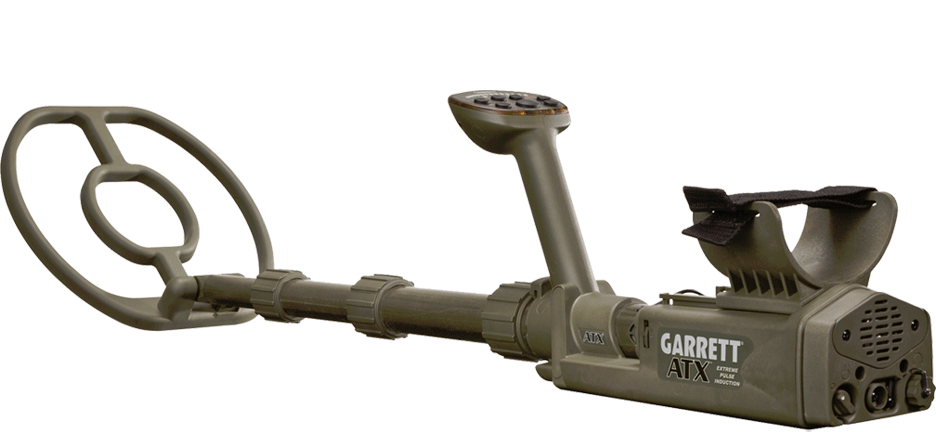Robert2300
New member
I've noticed the PI machines do not have a depth
indicator. If VLF can have this feature what is it about
the PI that makes the feature impossible?
Robt2300
indicator. If VLF can have this feature what is it about
the PI that makes the feature impossible?
Robt2300


